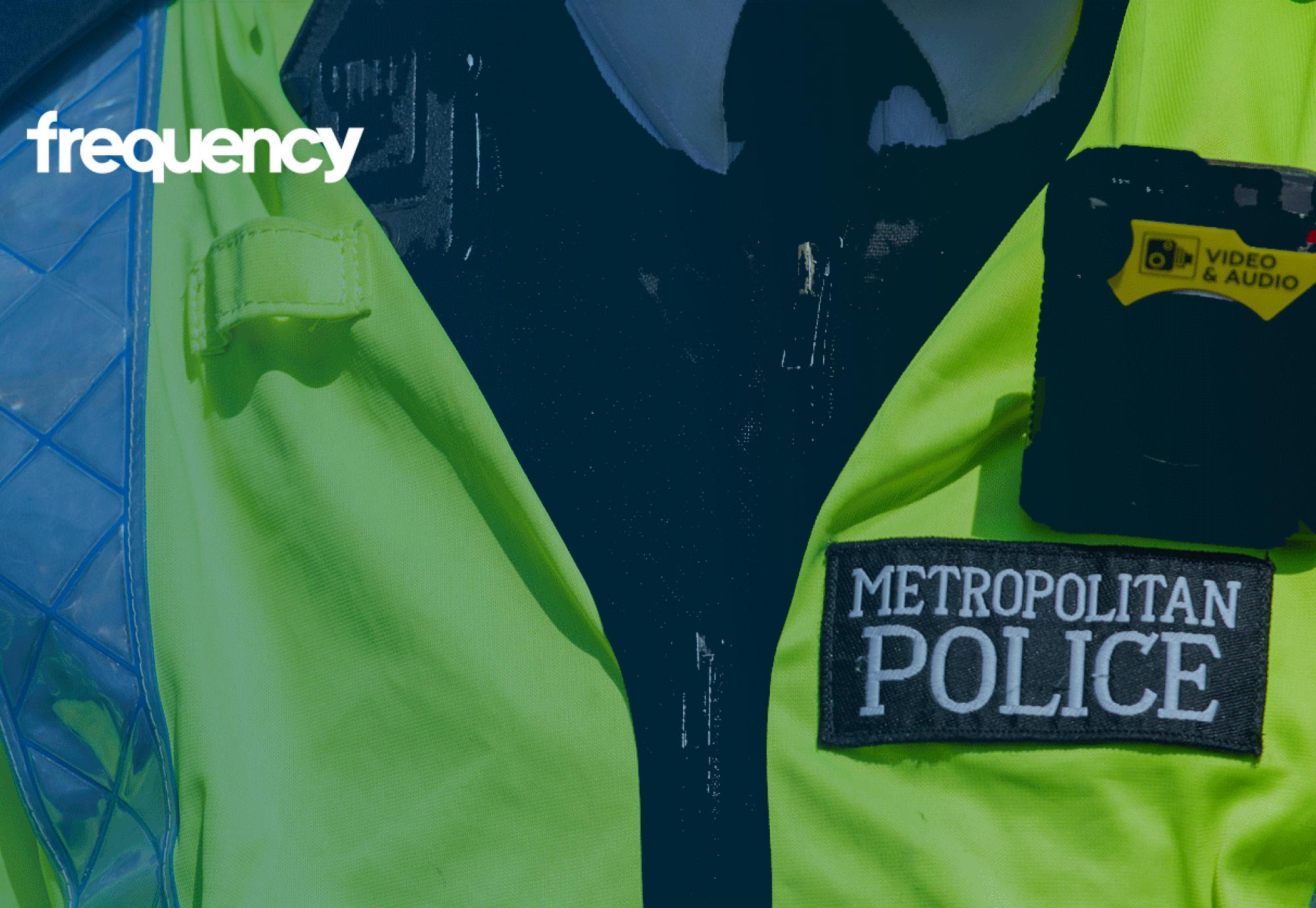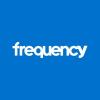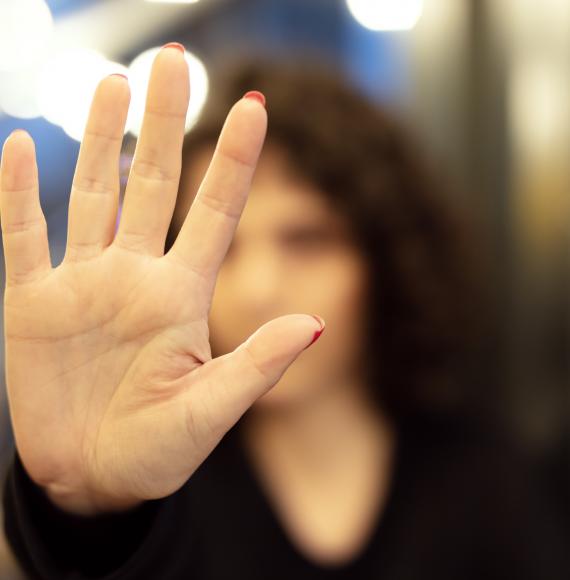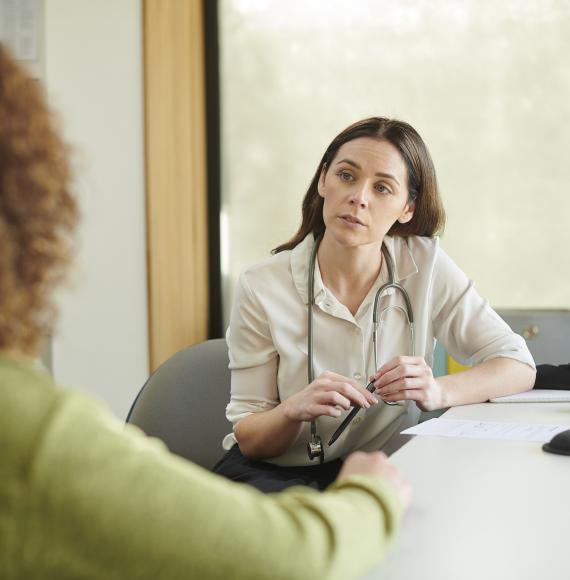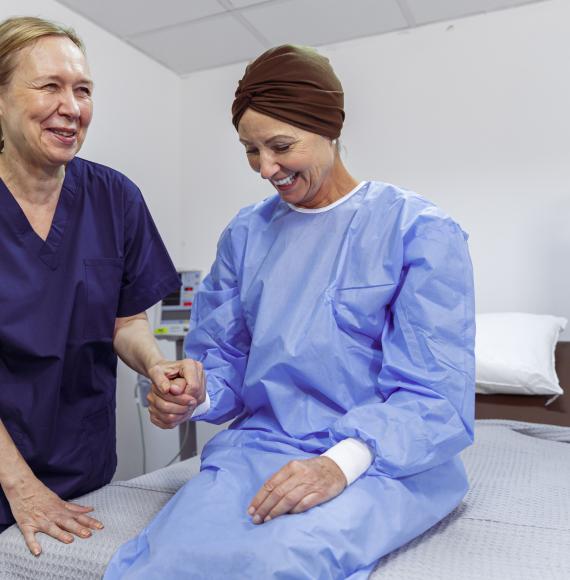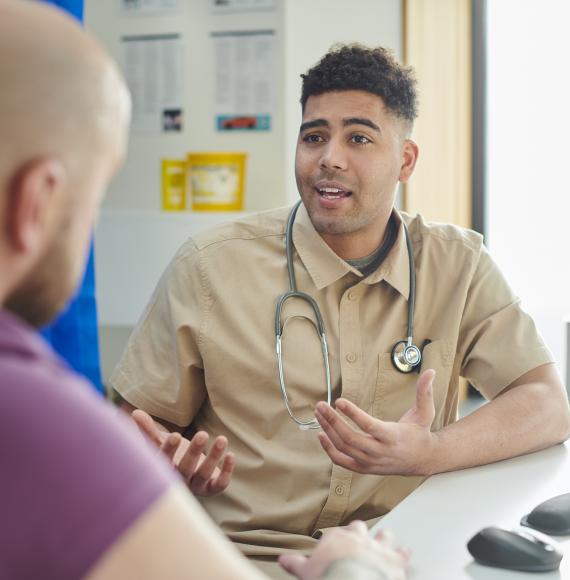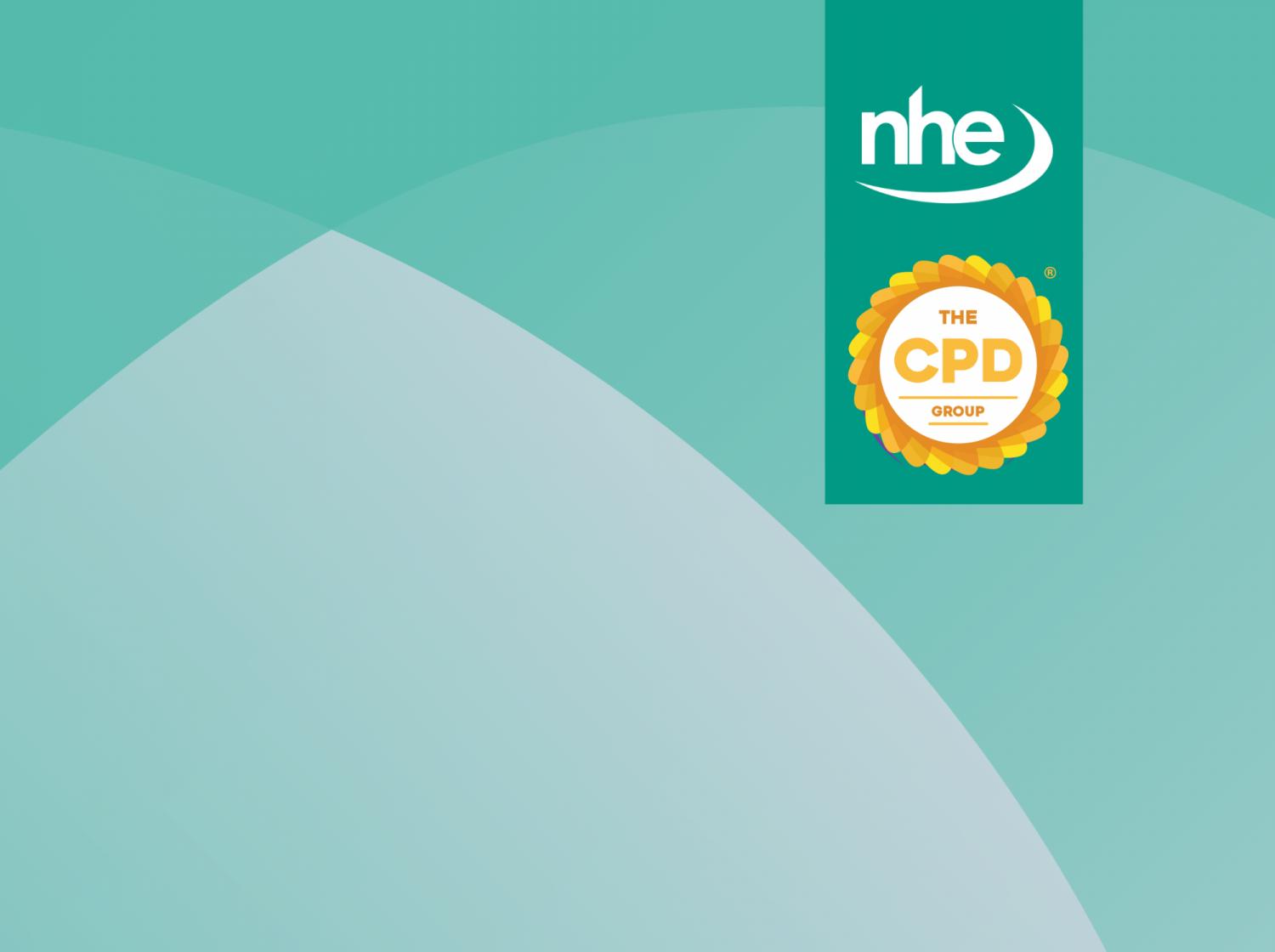The public safety of frontline staff is under scrutiny after a sharp rise in reports of verbal abuse, threats, and even physical attacks on firefighters, paramedics, police officers, healthcare workers and other essential staff in retail, council, and railway. The key to improve and transform public safety could be live-streaming body-worn video technology.
The non-streaming application of body-worn video was pioneered by law enforcement in the United States and the United Kingdom. Today almost every UK police force have adopted this technology and the roll-out in the Metropolitan police force to 22,000 front line officers is said to be the largest. The body-worn video device enables officers to record incidents when needed, with the content uploaded to the station at the end of their shift. It is reported that their ability to record incidents has improved transparency and reduced anti-social behaviour.
After the success achieved by the police force, ambulance crews and paramedics will also be fitted with body-worn cameras. Where body-worn cameras have been trialled in the A&E or on paramedics, staff have reported that once they verbally notify the aggressor of the body-worn video, it often de-escalates situations right away. If the abuse continues, the body-worn camera is activated allowing the wearer to capture high-quality video and audio evidence. In the case of paramedics, it enables a specialist to observe the patient remotely and offer advice on how to treat them in the field.

The traditional devices are record-only and whilst it has been proven to discourage abusive behaviour, the newer versions bring many exciting features. When overlaid with location-based services, live-streaming and analytics, organisations can react quickly to escalating situations and provide vital support in real-time. Body-worn cameras in live-steam mode provide those not at the scene with a direct view of what the wearer is observing. These new features are set to make this technology more attractive for non-law enforcement users in sectors such as retail and healthcare.
However, live-streaming body-worn cameras rely on a stable, uninterrupted connection to a network. Streaming requires a minimum network speed of 300-400kbps. In a good mobile signal area, modern 4G networks can exceed 5Mbps upload speeds which is enough bandwidth for streaming live in HD. 5G networks will be a real game-changer as they will reach speeds of up to 1Gbps for upload and download. In addition, 5G networks have extra-low latency which means almost any number of devices can connect to it without the speed or performance of the network being affected.
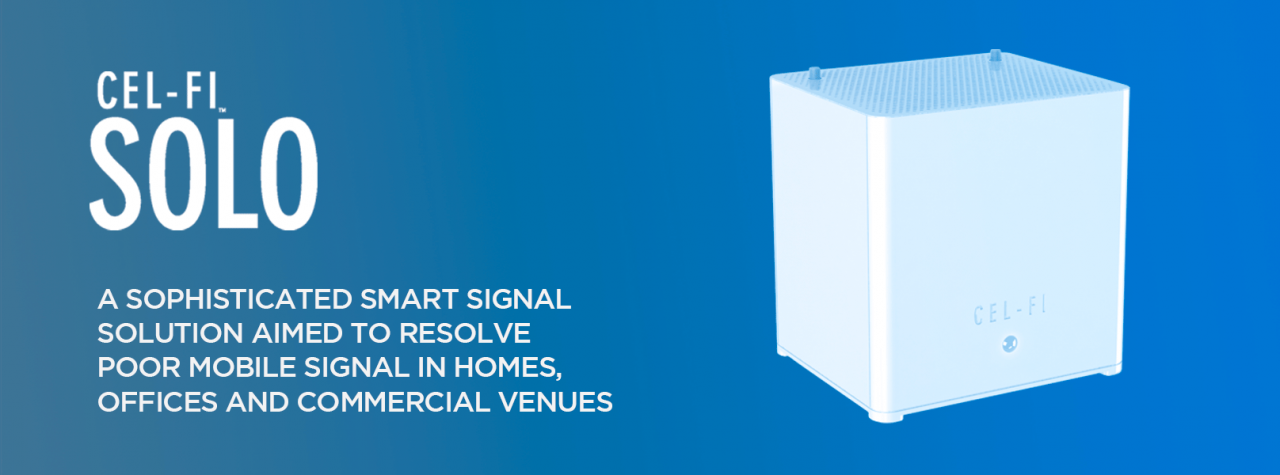
The new Emergency Service Network (ESN) critical communication system is set to replace TETRA by 2025. It will provide integrated 4G voice and data services to over 200,000 emergency services users. Voice and data traffic for ESN will get priority over all other commercial mobile traffic and transmit fast, safe, and secure voice, video, and data across the 4G network to first responders. In total, more than 950 new masts are being constructed and about 19,000 sites are being upgraded to facilitate the coverage needed for ESN across Great Britain.
Before 5G and the ESN arrive, the best solution to improve mobile coverage is to install a mobile signal booster solution. A mobile signal booster collects the mobile signal that is available outside, strengthens the signal and transmits it in the building or vehicle. Ofcom has approved two types of mobile signal boosters: a static mobile signal repeater for buildings and structures, and an in-vehicle mobile signal booster. Unlike other unlawful products on the market, Cel-Fi products are the only mobile signal boosters available on the market that can be used without a licence and that fully comply with the regulatory requirements set out in Ofcom IR 2102 (UK).
The Cel-Fi GO M is an evolved smart in-vehicle mobile signal booster that automatically adapts to the moving environment to boost 3G / 4G / 5G for voice and data.
Cel-Fi GO X, SOLO and Quatra are in-building mobile signal solutions that are designed to improve mobile signal strength with up to 100db gain for 3G / 4G / 5G in voice and data.
Contact Frequency Telecom at +44 (0)330 353 0197 or visit the website to find a mobile signal solution that will keep your fleet connected.

